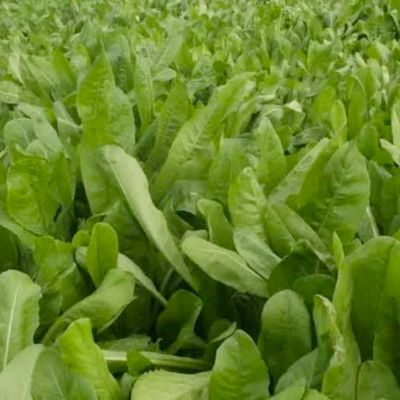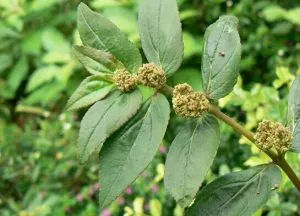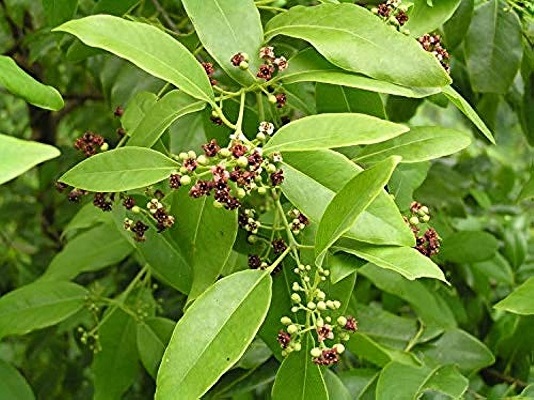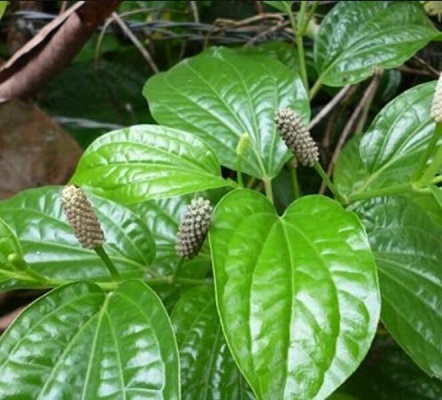On This Page
Chhoti Dudhi (Euphorbia thymifolia) – Uses, Benefits, and Medicinal Properties
Introduction
Chhoti Dudhi (Euphorbia thymifolia) is an Ayurvedic herb and it is commonly known as Asthma Plant. It is commonly used in the treatment of bronchitis, dysentery, diarrhea, conjunctivitis, boils, worm infestation, ringworm, asthma, etc. The uses and benefits of Chhoti Dudhi are enormous in range and are widely used in Ayurveda for treating different kinds of conditions, diseases, allergies, and disorders.
In this article, we will discuss the wide array of benefits that Chhoti Dudhi offers along with its scientific aspect which includes its phytomorphology, phytogeography, phytoconstituents, its different names in various languages, Ayurvedic References, Dosage, and its medicinal properties.
Importance of Chhoti Dudhi in Allergies
The Ayurvedic herb is used in traditional herbal medicine across many cultures, particularly for treating asthma, hence it is also called Asthma Plant. Besides treating asthmatic allergies and symptoms, it also helps in treating skin conditions and allergies, and hypertension.
Vernacular Names
| Botanical Synonyms | Euphorbia Hirta, Euphorbia Microphylla, Euphorbia Hypericifolia |
| Sanskrit Name | Dugdhika, Swaduparni, Vikshirini, Dugdhinika, Shita, Shitambu, Nadhuparnika |
| Hindi Names | Dudhi, Dudhiya, Dudhee |
| Marathi Name | Nayeti, Moti Nayeti |
| Bengali Name | Kharui, Kerai, Bara |
| Telugu Name | Nanabaala |
| Gujarati Name | Dudheli, Raati, Naagalaa |
| Tamil Name | Amupachai arissi |
| Nepali Name | Dudhe Jhar |
| Urdu Name | Lal Dodhak |
| English Name | Asthma Plant, Pill-bearing spurge, Garden spurge, Hairy spurge, Pillpod sandman |
Botanical Name
Euphorbia Thymifolia
Family
Euphorbiaceae
Phytomorphology of Chhoti Dudhi
Chhoti Dudhi (Euphorbia thymifolia) is an annual plant that stands erect and grows up to two feet in height.
Stem: The stem produces white latex and slender, smooth, reddish in color, and hairy. Profuse branches emerge from it and the length of the stem is about 10-20 cm and the diameter is 1-3 mm.
Roots: Roots are thin, delicate, and contain fibers.
Leaves: Simple, opposite, elliptic, ovate leaves that are 4 to 8 mm long and 2 to 5 mm wide, with a rounded apex and oblique base.
Flowers: The flowering season for the plant is June to November. Flowers are individual or intensely clustered at the axils of the leaves.
Fruits: Fruit capsules have three valves that contain tiny red seeds.
Ayurvedic Reference of Chhoti Dudhi

Phytogeography of Chhoti Dudhi
The Asthma plant has a pan-tropic distribution and mainly grows on wastelands, along wall sides, and roadsides under hot humid conditions.
Phytoconstituents of Chhoti Dudhi
Euphorbia Thymifolia contains afzelin, myricitrin, rutin, gallic acid, quercitin, euphorbin A, ephorbin B, euphorbin C, euphorbin D, heptacosane, shikmicacid, choline, camphol, n-nonacosane, tinyatoxin, quercitol, derivatives that contain chtolphenolic acid, and rhamnose.
Parts Used of Chhoti Dudhi
According to Ayurveda, the whole plant of Chhoti Dudhi including its flowers and fruits may be used for medicinal purposes.
Dosage of Chhoti Dudhi
| Form | Quantity |
| Juice | 10-20 ml |
| Powder | 200-600 mg |
Medicinal Properties of Chhoti Dudhi
Taste – Pungent, Bitter, Salty, Sweet
Taste after Digestion (Vipaka) – Pungent (Katu)
The Potency of Herb (Virya) – Hot Potency (Ushna)
Quality (Guna) – Heavy to Digest (Guru), Dry (Ruksha)
Chief Characteristics of Chhoti Dudhi
- Garbhahari – Causes abortion
- Swadukshira – Contains sweet milky latex
- Srishta Mutra – Diuretic
- Vishtambini – Obstructs the free stool movement
- Srista Vit – Increases the bulk of feces
- Shukrala – Improves sperm count and quality
- Vrishya – Aphrodisiac
- Hridya – Cardiac Tone
Pharmacological Properties of Chhoti Dudhi
- Antibacterial
- Antifungal
- Anti-fertility
- Antispasmodic
- Anti-asthmatic
- Sedative
- Anthelmintic
- Anti-cancer
- Anti-inflammatory
- Analgesic
- Anti-hypertensive
- Antimalarial
- Antipyretic

Have A Health Issue?
Consult Online
- Dr. Sahil Gupta (B.A.M.S., M.H.A.)
Ayurvedic Allergy Specialist
CEO & Founder of IAFA®
Traditional Uses of Euphorbia thymifolia
- The decoction of the plant is used in treating bronchial asthma and other Kapha disorders.
- Decoction of the herb is also used during thrush for gargling.
- Stem sap is used for treating styes.
- Dry Chhoti Dudhi may be used for preparing a decoction that helps in treating various skin allergies and diseases.
- Eyesores can be treated by applying latex of the dudhi.
- A paste prepared by grinding the leaves of the plant can be applied overboils and swelling to treat them.
- If a mixture of pounded leaves along with turmeric and coconut oil is prepared, warmed, and applied over itchy soles and feet, the mixture can provide a great deal of relief from the itching.
- The leaves of the herb can also be used for treating vomiting, etc.
- The juice of the plant or root decoction helps in increasing the quantity of breast milk.
- Latex can be applied to external skin diseases such as ringworms or warts.
Other Medical Benefits of Euphorbia Thymifolia
Besides curing the above-mentioned ailments and conditions Chhoti Dudhi helps in the treatment of various other conditions that trouble the body. These include:
- Dengue
- Asthma
- Bronchitis
- Hay fever
- Conjunctivitis
- Gonorrhea
- Jaundice
- Digestive ailments
- Renal calculus
- Helps in treating pimples
- Female disorders
- Swelling, boils, tumors, and wounds
- Dysentery
- Vomiting
- Intestinal worm infestation
- Kapha Disorders
Considering the treasure of medicinal uses that the herb possesses, it’s safe to say that Chhoti Dudhi is a powerhouse of Ayurvedic benefits that help in treating a wide range of diseases and conditions. It is still recommended to consult an Ayurveda specialist or a doctor before using herbs and plants as a prescribed quantity is important.
For a consultation, you can reach out to us at IAFA, where medical and Ayurveda healthcare providers aim to yield Ayurvedic treatments and procedures to help the patients heal from various allergies, conditions, and disorders.
Ayurveda is an Indian system of medicine that is popular since ancient times. Dr. Gupta’s IAFA has been conducting research studies to find out different phytoconstituents of herbs and their action in the body. Such knowledge acquired by our experts is used in the preparation of medicines and providing the treatment facilities safely and effectively. IAFA is the provider of safe and effective treatment for a wide range of diseases, mainly allergic diseases all based on Ayurveda.
Was this Page Helpful?
Read More Articles
-

Kasini (Cichorium intybus)
Kasini (Cichorium intybus) commonly known as Chicory is a perennial herb, with large…
-
-









